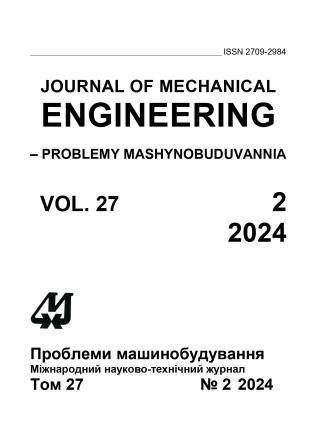Increasing the Accuracy of Determining the Cardiothoracic Ratio with the Help of an Ensemble of Neural Networks
Abstract
The cardiothoracic ratio is one of the main screening tools for heart health. Cardiothoracic ratio is usually measured manually by a cardiologist or radiologist. In the era of neural networks, which are currently developing very rapidly, we can help doctors automate and improve this process. The use of deep learning for image segmentation has proven itself as a tool that can significantly accelerate and improve the process of medical automation. In this paper, a comparative analysis of the use of several neural networks for the segmentation of the lungs and heart on X-ray images was carried out for further improvement of the automatic calculation of the cardiothoracic ratio. Using a sample of 10 test images, manual cardiothoracic ratio measurements and 7 automatic measurement options were performed. The average accuracy of the measurement of the cardiothoracic ratio of the best of the two neural networks is 93.80%, and the method that used the ensemble of networks obtained a result of 97.15%, with the help of the ensemble of neural networks it was possible to improve the ratio determination by 3.35%. The obtained results indicate that thanks to the use of an ensemble of neural networks, it was possible to improve the result of automatic measurement, and also testify to the effectiveness and prospects of using this method in the medical field.
Downloads
Published
Issue
Section
License
Copyright (c) 2024 В. Д. Конюхов, С. В. Угрімов

This work is licensed under a Creative Commons Attribution-NoDerivatives 4.0 International License.
All authors agree with the following conditions:
- The authors reserve the right to claim authorship of their work and transfer to the journal the right of first publication of the work under the license agreement (the agreement).
- Authors have a right to conclude independently additional agreement on non-exclusive spreading the work in the form in which it was published by the jpurnal (for example, to place the work in institution repository or to publish as a part of a monograph), providing a link to the first publication of the work in this journal.
- Journal policy allows authors to place the manuscript in the Internet (for example, in the institution repository or on a personal web sites) both before its submission to the editorial board and during its editorial processing, as this ensures the productive scientific discussion and impact positively on the efficiency and dynamics of citation of published work (see The Effect of Open Access).

